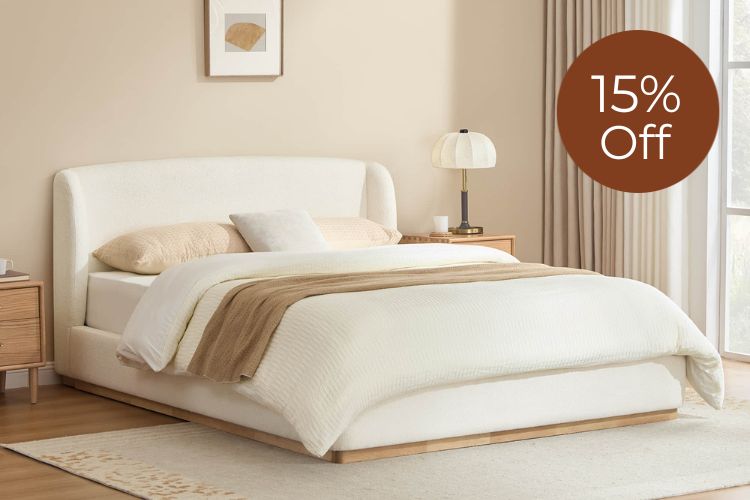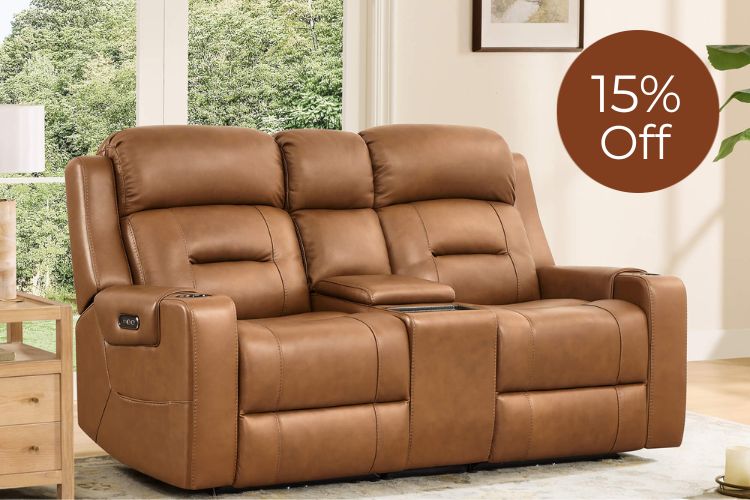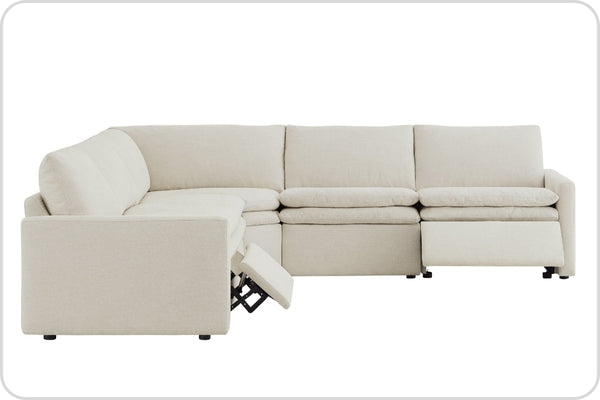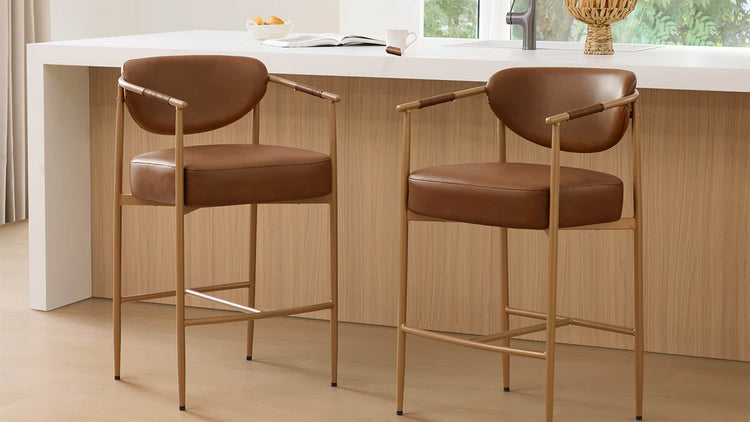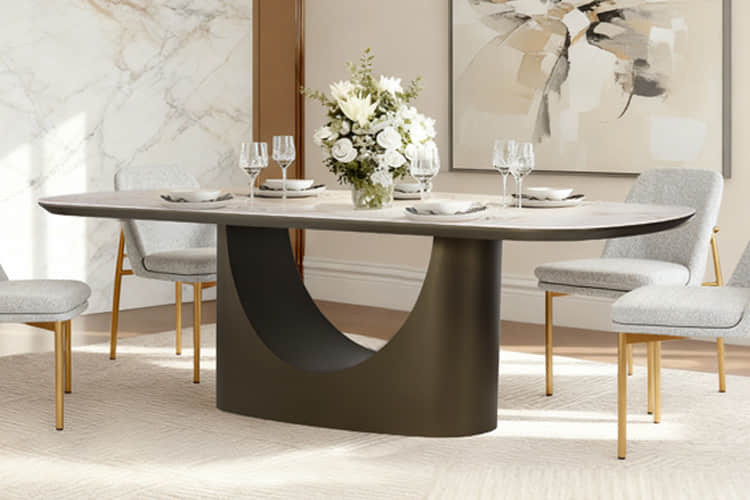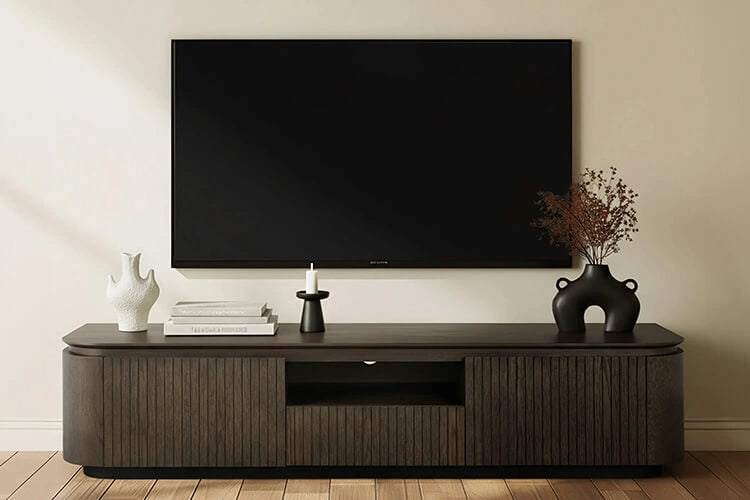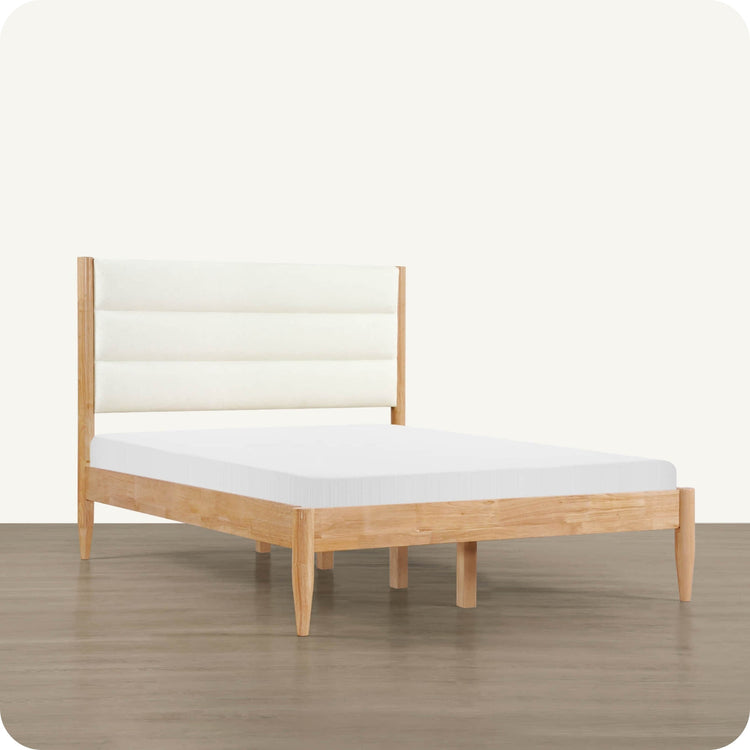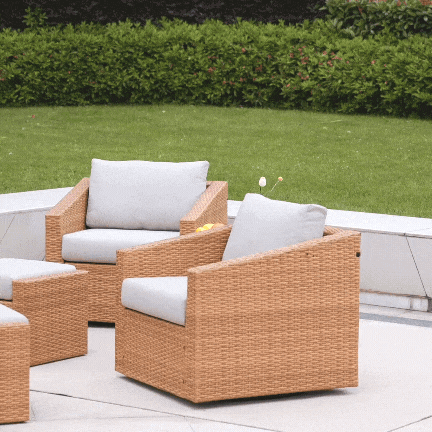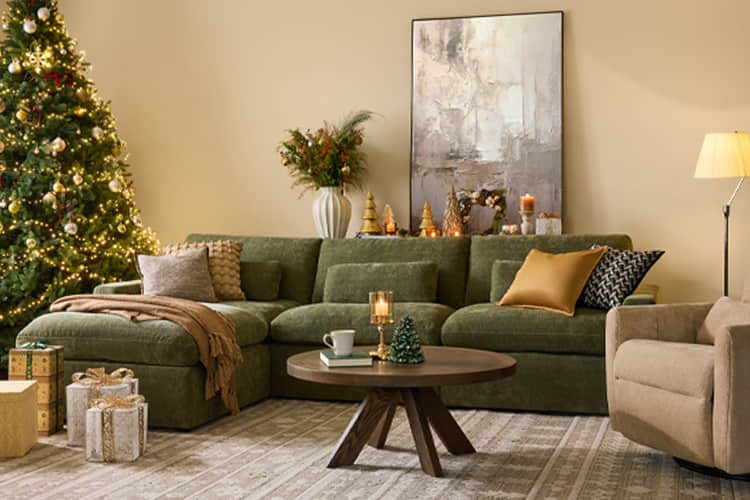Navigation
- Introduction
- The differences of ottomans and hassocks
- How people use ottomans and hassocks?
- Origins of ottomans and hassocks
- Conclusion
Introduction
Ottomans and hassocks - those plush, padded footstools and cubes that inhabit our living rooms - are staple furniture pieces in many modern homes. But what exactly are they, and how are these cozy seats different? Both ottomans and hassocks are upholstered, cushioned stools for resting tired feet or providing extra seating in a relaxed, casual style. While they serve similar functions, these furnishings have distinct origins and forms.
The differences of ottomans and hassocks
Shapes and sizes
When it comes to shape, ottomans and hassocks, have their differences. Ottomans come in square, rectangular, or cube formations ranging from small portable poufs to large bench-style seats. Their boxy shape allows them to double as small tables or footrests tucked alongside furniture. Hassocks are distinctly oval or round, mimicking the cushioned pillows they descended from. Their curved silhouette makes hassocks optimal as standalone footstools.
So what size ottoman should you get? Consider your space and purpose. Large square ottomans work well as coffee tables and extra seating in big rooms, while petite poufs are perfect portable footrests for smaller spaces. The beauty of the ottoman is its versatility - whether you need a sturdy surface for serving drinks or a cushy cube for tired feet, ottomans can meet your needs in just the right size and shape.

Legs or no legs
Legs or no legs is another key difference between these cozy seats. Ottomans have four legs that lift them several inches off the floor. This creates a void space convenient for sliding your feet underneath. Hassocks directly sit on the floor, their oval form and cushiony bulk spreading out for comfort. Some hassocks have a bottom fabric layer, while others have an exposed underside.
Can you add legs to a hassock? It's possible but challenging. Adding legs would compromise the soft pillow-like nature of a hassock. But small attachable legs could give airflow and vacuuming access a little lift. Ultimately, an ottoman's legs and lifted profile offer more versatility for tucking under furniture. But the floor-hugging curvature of a hassock has its allure, beckoning tired feet to pamper themselves. Decide if you'd like your cushion with or without legs to suit your space and needs.

Lids for storage
When storing your stuff, ottomans have an advantage over hassocks. Many ottomans are designed with hollow insides and flip-top lids, creating handy storage space. Hassocks do not have interior compartments or lift-up covers.
How much can you store inside an ottoman? It depends on the size, but they often can hold several pairs of shoes, accessories, books, blankets, remote controls, toys, or media gadgets. Look for ottomans with firm, stable lids and smooth opening mechanisms for optimal use as storage units. Deep, wide ottomans offer more capacity than low, narrow ones. An ottoman sacrifices storage for plushy comfort if abundantly covered in soft padding. Consider a storage ottoman for versatile furniture, but if you are seeking pure, cozy comfort, a simple hassock fits the bill. Choose based on your priorities between practicality and pampering.
Decor and fabrics
When it comes to variety in decor, ottomans outshine hassocks. ottomans now come covered in various fabrics, from rich leathers and velvets to modern graphic prints. This allows ottomans to be bold accent pieces or coordinate with room decor. Hassocks tend to be upholstered in basic fabrics like cotton, linen, or synthetic blends, although some have needlepoint coverings.

So, what fabric is best for an ottoman? Sturdy fabrics like canvas, cotton duck cloth, leather, and synthetic or microfiber blends withstand regular use as footrests or impromptu seats. But part of an ottoman's charm is expressing personal style through fun prints, vibrant patterns, or plush chenilles. Consider placement when choosing fabrics. Delicate velvets work for formal living rooms but not high-traffic family rooms. Let your ottoman reflect your tastes while suiting your lifestyle. Hassocks offer a solid, subdued style, but ottomans give you options to customize your decor.
How people use ottomans and hassocks?
Ottomans offer versatile functionality, while hassocks provide targeted comfort. The compact size and portable shape of ottomans allow creative uses beyond basic footrests. They serve well as impromptu coffee tables for snacks, drinks, and magazines. Cubic ottomans slide neatly under desks for ergonomic foot support. Rectangular ottomans offer extra seating at the foot of beds or alongside chairs. Storage ottomans allow consolidated access to items like blankets or board games.

Hassocks excel at foot pampering, though some use them as children's seats or floor pillows. When deciding between an ottoman or a hassock, consider your goals. Do you want a multipurpose piece to serve shifting needs? Choose an ottoman. Seeking a singular, cozy refuge for tired feet? Go with a hassock. Hassocks coddle feet with their pillowy presence, while ottomans indulge our desire for style and versatility.
Origins of ottomans and hassocks
Ottomans and hassocks emerge from distinct cultural lineages. Ottomans trace back to the Ottoman Empire, which ruled the Middle East, North Africa, and Eastern Europe for centuries until the 1900s. Europeans traveling to Turkey returned with these exotic padded Turkish chairs, which became known as ottomans. Hassocks have more local origins, initially used as knee cushions in English churches before becoming popular as parlor room footstools.
Which came first? The earliest known ottomans date back to the 1600s as imports from the Ottoman Empire. Hassocks developed as furniture a bit later, becoming popularized in the 1800s. While ottomans have an eastern, exotic pedigree, hassocks represent an English heritage. But today, these furnishings blend as beloved staples of relaxed, welcoming interiors despite their separate histories. With cozy comfort and casual style, ottomans and hassocks create homes we love to lounge in.

Conclusion
Whether you prefer the ottoman's versatility or the hassock's focused comfort, both furnishings invite relaxation into your home. With their shared mission to pamper feet and provide casual seating, ottomans and hassocks complete living spaces in complementary ways.
Read More
- Accent Chairs: Welcoming Personality And Purpose Into Any Space – CHITA LIVING
- 2023 Furniture Trends - Discover with Chita Living – CHITA LIVING
- CHITALIVING | FIND YOUR COMFORT IN CHITA – CHITA LIVING
- Power Glider Recliners for the Nursery: A Comprehensive Buying Guide – CHITA LIVING
- How To Choose The Perfect Accent Chair To Complement Your Room: Tips and Inspiration – CHITA LIVING

